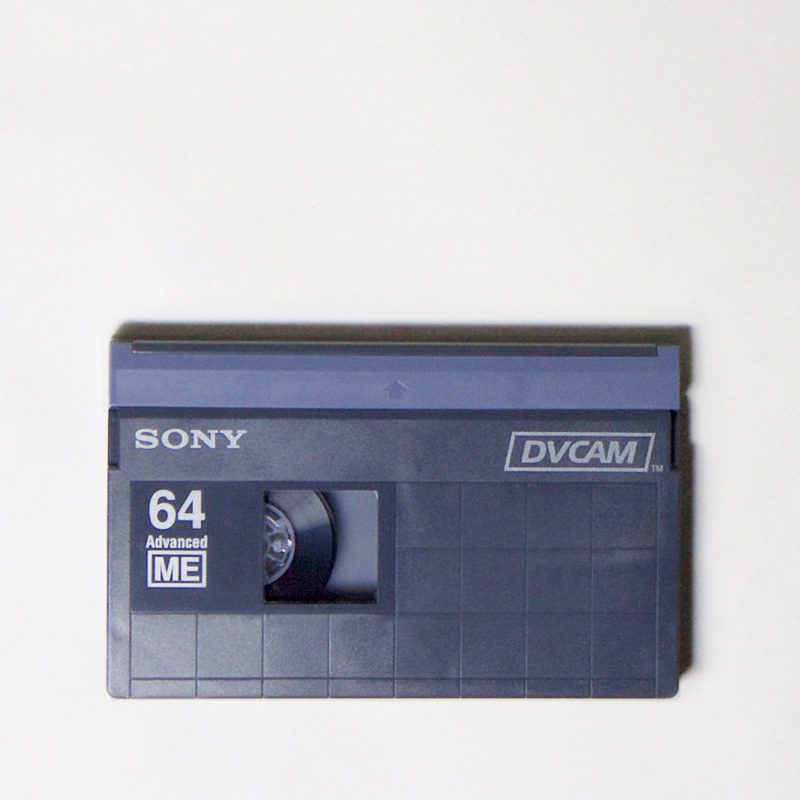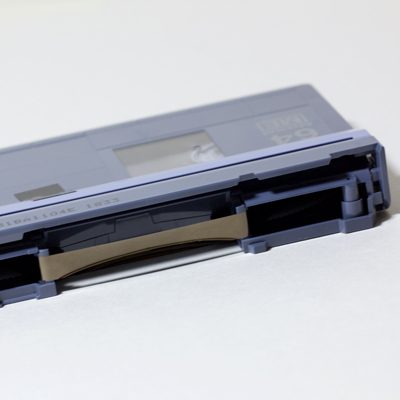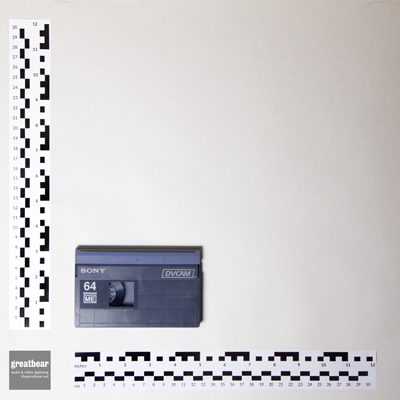introduction to DVCAM cassette transfer
DVCAM is a variation of the DV (Digital Video) tape format, released by Sony in 1996 and aimed at the semi-professional and smaller-budget professional market.
DVCAM uses the same type of tape and compression as DV and MiniDV but at a higher speed (almost 50% faster). It was more robust, with the tape being housed in a larger cassette.
We offer a range of delivery formats for our video transfers. Following International Association of Sound and Audiovisual Archives TC-06 guidelines, we deliver FFV1 lossless files or 10-bit uncompressed video files in .mkv or .mov containers for archives. We can also produce Apple ProRes mezzanine files for ease of editing. We provide smaller viewing files as H.264 encoded .mp4 files or on DVD. We're happy to create any other digital video files, according to your needs.
We can provide the appropriately-sized USB delivery media for your files, or use media supplied by you, or deliver your files online. Files delivered on hard drive can be for any operating system MacOS, Windows or GNU/Linux and filesystems (HFS+, NTFS or EXT3).
DVCAM video cassette recordings can vary both in duration and in the extent of physical tape degradation, so we always assess tapes before confirming the price of a transfer.
We offer free assessments - please contact us to discuss your project.
For an introduction to our assessment and treatment processes, please see our guide to "what happens to your video tape".
DVCAM cassette machines
- Sony DSR 20 PAL, Sony DSR 25 PAL / NTSC, Sony DSR 1500 AP PAL, Sony DSR 1500A NTSC, Sony DSR 2000P PAL
- Sony HVR M15E, Sony HVR-1500
DVCAM format variation
DVCAM tape risks & vulnerabilities
Read our tape blog article: DVCAM transfers, error correction coding & misaligned machines
DVCAM tape models
Sony
- Advanced Metal Evaporated Tape range (S-Size): Sony PDVM-12N; Sony PDVM-22N; Sony PDVM-32N; Sony PDVM-41N;
- Advanced Metal Evaporated Tape range (L-size): Sony PDV-32N; Sony PDV-64N; Sony PDV-94N; Sony PDV-124N; Sony PDV-184N
DVCAM format history
DVCAM was launched by Sony in 1996, as their professional extension of the DV format, in competition with Panasonic's DVCPRO (1995).
The DVCAM format used 8-bit digital component recording with a 5:1 compression ratio and a sampling rate of 4:2:0. DVCAM's wider track pitch of 15 µm (compared with 10 µm for DV) facilitated frame-accurate insert editing. It also offered superior digital audio performance: a two-channel mode with 48 kHz/16-bit recording or a four-channel mode with 32 kHz/12-bit recording.
Its relatively small size and weight made it versatile for film makers. As Sony boast in their 2002 catalogue, Michael Winterbottom's feature film story of Factory Records, 24 Hour Party People, was recorded entirely on DSR-PD150P DVCAM camcorders!
Video cassettes, tape boxes, compatible cameras and playback machines for DVCAM can be identified by these logos. DVCAM is a trademark of the Sony Corporation.






